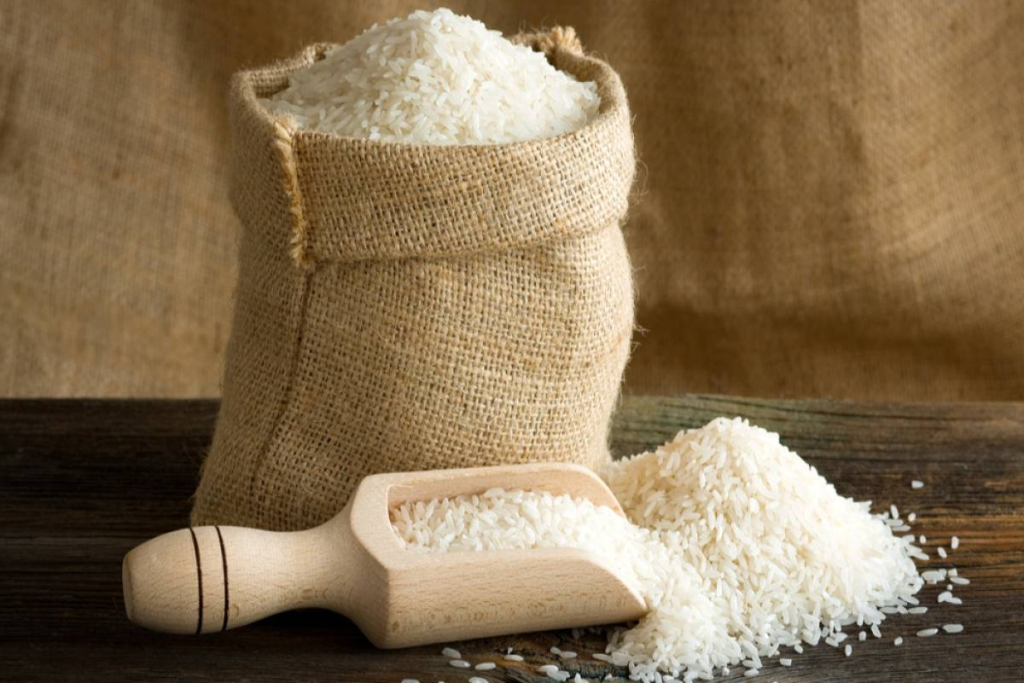Tags
Rice shortages
India, the world’s largest rice exporter, has long been a reliable source of this essential staple for many nations across Asia and Africa.

In a world where geopolitics and economics inter- twine seamlessly, India’s low rice production this year has triggered a chain reaction that could spell trouble for millions. India’s rice output is expected to plummet by 8 per cent, and the ramifications are wide. India, the world’s largest rice exporter, has long been a reliable source of this essential staple for many nations across Asia and Africa.
However, the stark reality is that a series of unpre- dictable weather events, from early dry spells to floods, have wrought havoc on this year’s crop. This led the Centre to ban non-basmati white rice exports in July, driving global prices to a 15-year high. This sit- uation highlights the precariousness of global food supply chains.
The interconnectedness of the world’s economies means that a hiccup in one part of the world can cre- ate shockwaves elsewhere. The hardship faced by Indian farmers and traders has a ripple effect on countries that depend on Indian rice imports. Food security is an issue of utmost concern. As the Centre grapples with the decision to extend export curbs, other rice-exporting countries like Thailand and Viet- nam are struggling to bridge the supply gap. While they have increased exports, they are constrained by limited surpluses. This predicament could result in even higher global rice prices, making a vital source of sustenance unaffordable for many. In India, the stakes are particularly high due to a series of upcom- ing elections.
The government’s hypersensitivity to food prices is not without reason. In an attempt to curb rising prices, it has banned wheat exports, restricted sugar and onion exports and allowed duty-free imports of pulses. The goal is to ensure that domestic food prices remain stable. Unfortunately, the collateral damage from these measures is felt not only in India but far beyond its borders.
Furthermore, unpredictable climate change and erratic monsoons have made it clear that agri- culture, a sector that employs a significant portion of India’s population, is facing increasing vulnerabili- ties. Farmers are caught in the crossfire. The uncer- tainty of climate patterns coupled with export restric- tions further exacerbates their struggles. The dilemma faced by India reflects a larger problem. It is that the world is increasingly dependent on a few key players for its food supply. India accounts for 40 per cent of global rice trade, making it a linchpin in the world’s food security.
When this linchpin falters, the repercussions are felt not only economically but also in terms of social and political stability. The question now is whether the Centre will prioritise domestic food secu- rity over international trade. The Union Ministry of Agriculture has already projected a 4 per cent decrease in production from the kharif crop and the soon-to-be planted rabi crop is also expected to con- tribute to the decline. This diminishes the hopes of a quick recovery for the rice market. It is imperative to explore ways to diversify and strengthen global food supply chains.
https://www.thestatesman.com/opinion/rice-shortages-1503237665.htmlPublished Date: November 4, 2023





